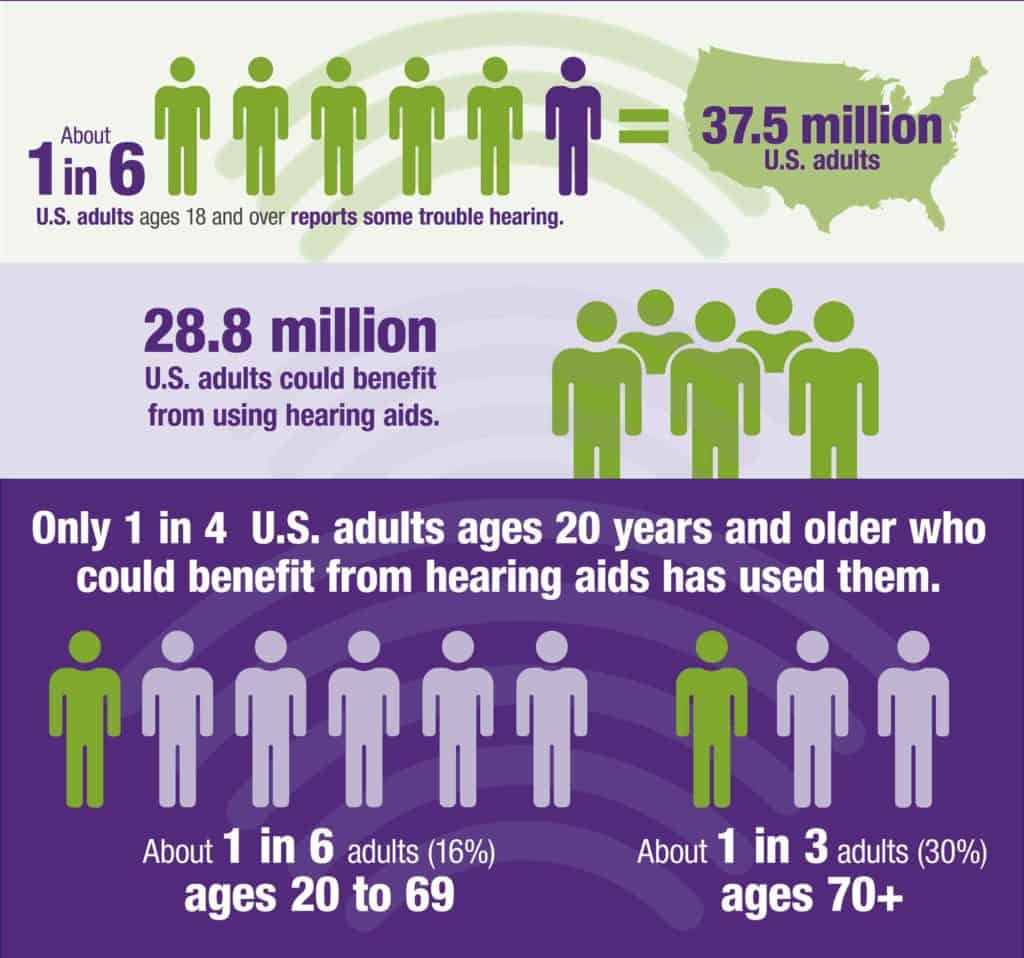Trends in … hearing protection

‘We don’t realize we have hearing loss until it is too late’
- About 22 million people are exposed to potentially damaging noise at work every year, according to OSHA.
“Loud noise can create physical and psychological stress, reduce productivity, interfere with communication and concentration, and contribute to workplace accidents and injuries by making it difficult to hear warning signals,” the agency states, adding that noise-induced hearing loss can impair a person’s ability to understand speech and communicate.
Here, hearing protection industry insiders discuss what’s new and offer helpful advice.
Innovations
Advances in technology allow employers to provide workers with hearing protection that doesn’t disrupt situational awareness, according to Garry G. Gordon, an audiologist at Boulder, CO-based E.A.R. Inc. “This includes both filterings in addition to digital electronics that help with communications,” Gordon said.
Chris O’Donnell, hearing and eyewear product manager for Memphis, TN-based Radians Inc., touted the benefits of communication devices that also provide hearing protection. “They allow workers to communicate without having to remove their hearing protection,” O’Donnell said. “This not only helps the employees protect against hearing loss, but they are less likely to make mistakes that cause injury because of miscommunication.”
Stay educated
If hearing protection isn’t worn the way it’s designed to be worn, workers are more vulnerable to injury. This may seem straightforward, yet, according to O’Donnell, “a large percentage of users don’t take the time to wear hearing protection properly.”
He notes that another common problem is overprotection when workers use hearing protection with too high of a noise reduction rating. “This could cause difficulty communicating with co-workers and lead to injury,” he said.
“Fit checking surveys continue to imply numerous employees are not wearing their options properly,” Gordon said, adding that educating workers about wearing hearing protection and understanding their expectations is critical.
When asked to describe the most important principle workers should know about hearing protection, Gordon said, “Basically, it would be: Use a product that works, and use it religiously at work, home or play. And take advantage of having an annual audiometric test that includes an explanation.”
Ultimately, don’t take your hearing for granted. “Hearing damage … occurs slowly over a period of time,” O’Donnell said, “and most of the time we don’t realize we have hearing loss until it is too late.”
Compiled with the assistance of the International Safety Equipment Association

